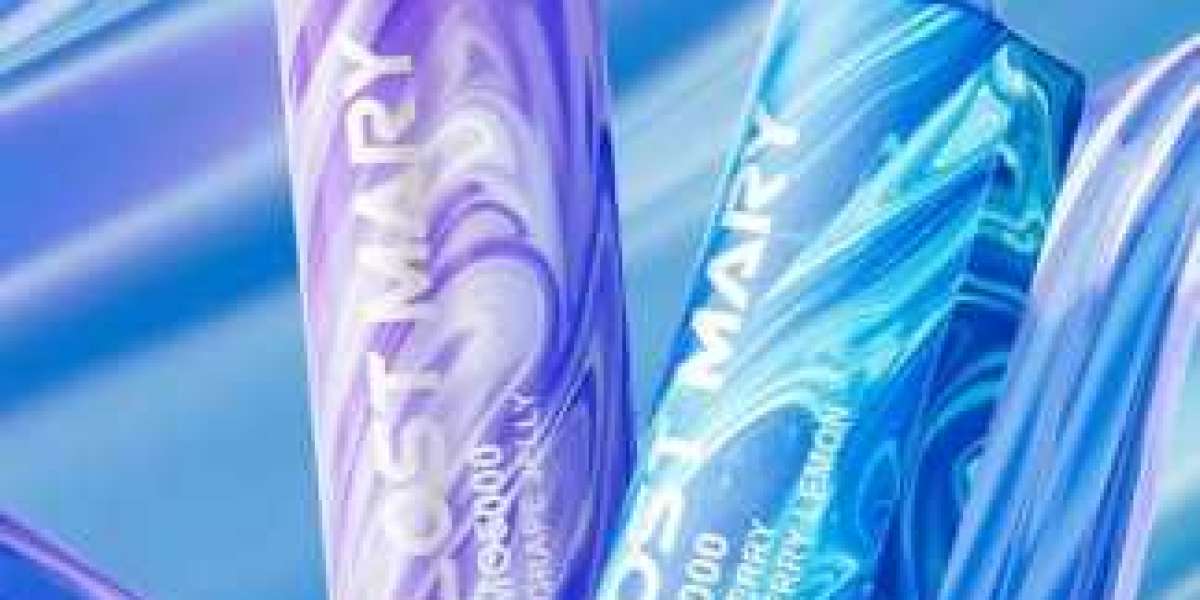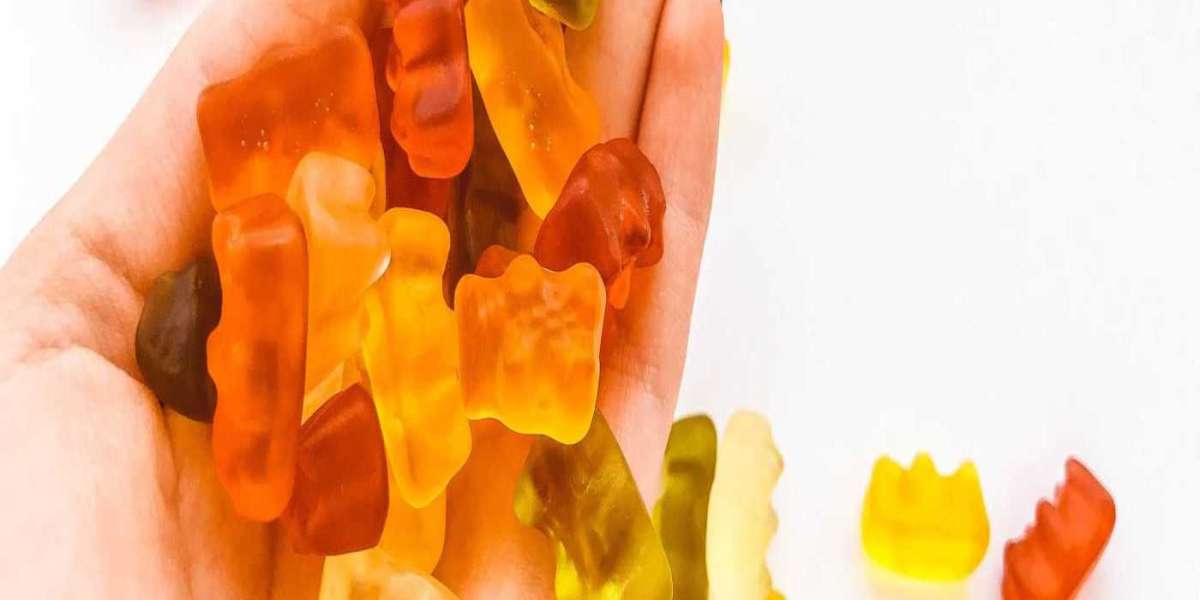When it comes to liquid packaging, choosing the right material can make or break the efficiency, cost, and sustainability of your operations. From water to pharmaceuticals, the type of liquid and its packaging needs dictate the best materials to use. In this guide, we’ll explore the top seven liquid packaging materials, examining their pros, cons, and ideal use cases to help you make an informed decision.
1. Glass
Pros:
- Non-reactive and durable: Ideal for sensitive liquids like perfumes, medicines, and beverages.
- Recyclable: A sustainable option that can be reused or recycled multiple times.
- Premium appearance: Offers a high-end look for luxury products.
Cons:
- Fragility: Prone to breakage during shipping and handling.
- Heavy: Higher transportation costs due to weight.
Best Use Cases:
Glass is perfect for high-value products like wines, essential oils, and pharmaceuticals that require a non-reactive and visually appealing container.
2. Plastic (PET)
Pros:
- Lightweight and durable: Easy to handle and reduces shipping costs.
- Cost-effective: Affordable for mass production.
- Customizable: Available in various shapes, sizes, and colors.
Cons:
- Environmental concerns: Non-biodegradable and contributes to plastic pollution if not recycled.
- Chemical leaching: Not suitable for certain liquids like alcohol or oils over time.
Best Use Cases:
Plastic PET bottles are widely used for water, soft drinks, and shampoos due to their affordability and versatility.
3. Aluminum
Pros:
- Lightweight and strong: Ideal for liquids requiring airtight seals.
- Recyclable: Eco-friendly with high recyclability rates.
- Heat and light resistance: Protects products from external factors like UV rays.
Cons:
- Higher cost: More expensive than plastic.
- Limited to specific liquids: Not suitable for highly acidic or reactive liquids.
Best Use Cases:
Aluminum is commonly used for energy drinks, aerosols, and canned beverages thanks to its strength and barrier properties.
4. Flexible Pouches
Pros:
- Space-saving and lightweight: Reduces storage and shipping costs.
- Eco-friendly options: Many pouches are now made from recyclable or biodegradable materials.
- Convenience: Easy-to-use designs like spouts or resealable closures.
Cons:
- Perceived lower value: May not suit premium brands.
- Limited protection: Less durable than rigid options like glass or metal.
Best Use Cases:
Flexible pouches are ideal for products like juices, sauces, and detergents where portability and convenience are top priorities.
5. Carton (Tetra Pak)
Pros:
- Sustainable: Made from renewable materials and recyclable in most cases.
- Lightweight: Reduces transportation costs.
- Airtight and sterile: Keeps liquids fresh for extended periods.
Cons:
- Recycling challenges: Requires specialized facilities for processing.
- Limited for non-food liquids: Primarily used for beverages and food products.
Best Use Cases:
Carton packaging works best for milk, juice, and plant-based beverages that require extended shelf life.
6. Steel Drums
Pros:
- Highly durable: Can handle large volumes and extreme conditions.
- Reusable: Often cleaned and reused in industrial applications.
- Chemical resistance: Suitable for hazardous or reactive liquids.
Cons:
- Heavy and bulky: Not ideal for small-scale or retail packaging.
- Corrosion risk: Needs a protective lining for certain liquids.
Best Use Cases:
Steel drums are the go-to choice for industrial applications, such as storing chemicals, oils, or bulk liquids.
7. Biodegradable Plastics
Pros:
- Eco-friendly: Breaks down naturally, reducing environmental impact.
- Customizable: Offers similar flexibility to traditional plastics.
- Brand value: Appeals to environmentally conscious consumers.
Cons:
- Cost: Typically more expensive than regular plastics.
- Durability concerns: May degrade faster than desired under certain conditions.
Best Use Cases:
Biodegradable plastics are gaining traction for single-use products like water bottles and takeaway beverage cups, especially for brands aiming for sustainability.
Choosing the Right Material for Liquid Packaging
Selecting the best liquid packaging material depends on several factors, including:
- Type of liquid: Consider acidity, viscosity, and reactivity.
- Environmental goals: Opt for recyclable or biodegradable materials to reduce your footprint.
- Cost considerations: Balance quality and affordability.
- Brand identity: Match your packaging to the perception you want to create for your product.
By understanding the strengths and limitations of each material, you can make a decision that aligns with both your operational needs and sustainability goals.
Conclusion
The world of liquid packaging is evolving rapidly, with new materials offering innovative solutions for efficiency and environmental impact. Whether you prioritize durability, cost-effectiveness, or sustainability, there’s a perfect material for your needs. Explore your options and elevate your liquid packaging strategy to meet modern demands!
This article incorporates the keyword "liquid packaging" naturally throughout to boost SEO performance while keeping the content human-friendly and engaging.













